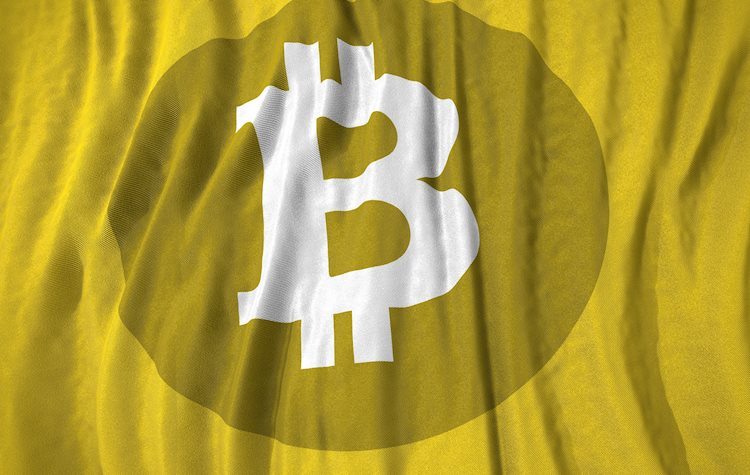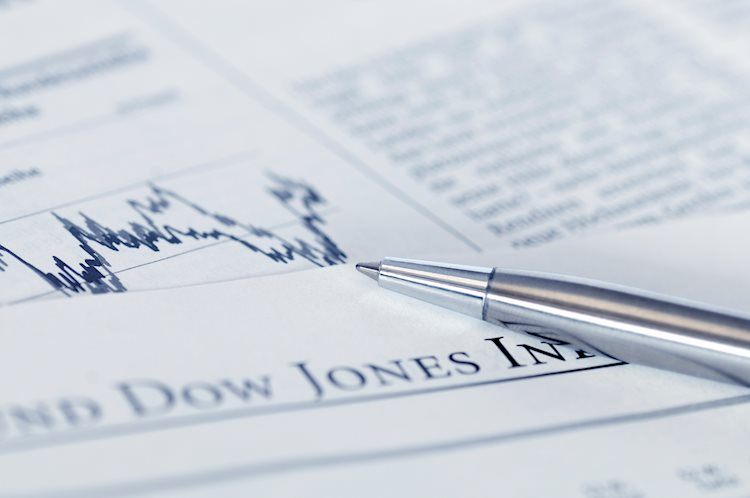The answer to that question may come from the Fed’s preferred measure of inflation – PCE Inflation data, due for release on Thursday.
After two hotter-than-expected inflation readings already this month, traders are beginning to ponder how the Federal Reserve can manage a U.S economy that just won’t land. With some even considering ‘the unthinkable scenario’ of whether interest rates will need to go higher – only weeks after a steady run of reductions appeared all but certain.
Consumer Price Inflation in January was hotter-than-expected, as was the Producer Price Inflation, which tracks the prices businesses pay for products and services.
According to GSC Commodity Intelligence – there is a strong correlation between PPI and PCE, which ultimately signals that January’s PCE Inflation figures will follow the recent trend and clock up another hotter-than-expected reading.
There’s a famous saying about how the Federal Reserve manages interest rates: They go up the escalator and down the elevator. However this time, it will likely be the opposite.
Fed officials welcomed the surprising pullback in price pressures late last year, but some have cautioned that improvement has largely centered on energy and goods – while services costs remain stubbornly elevated. Hotter-than-expected employment and inflation figures have also shifted market expectations.





